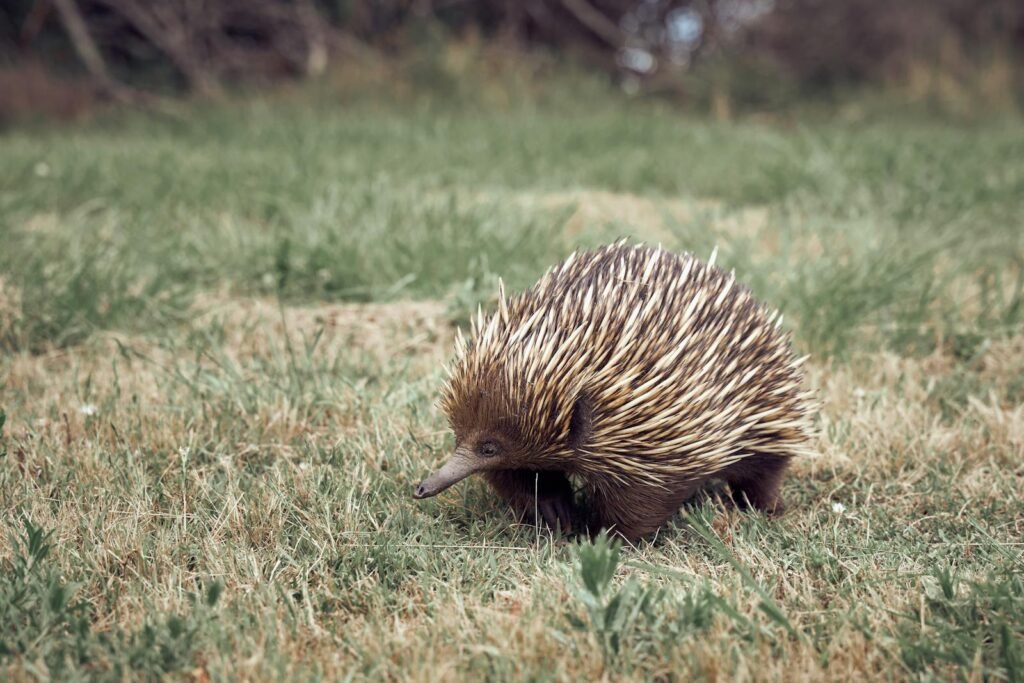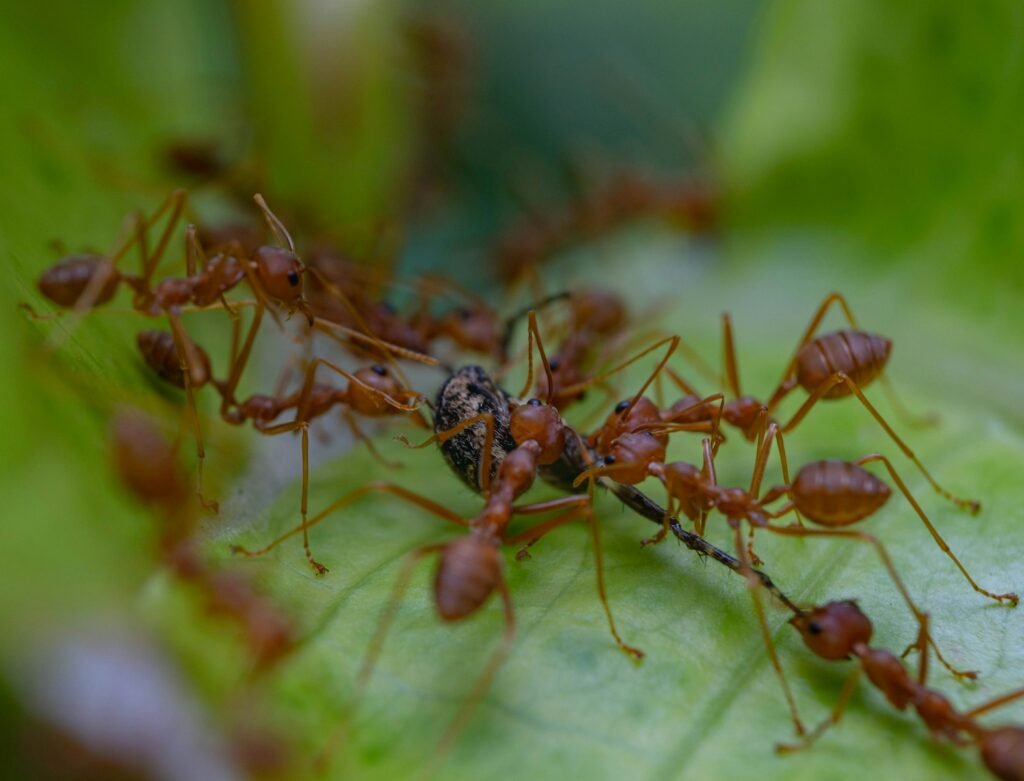The distinctive spiky, egg-laying mammals called Echidnas can be found in the wild. They feed their babies without nipples, and then carry their babies in a slender “pseudo-pouch” that is created by muscle contractions. The mysteries of the microbial life that reside within this bizarre pocket of life are being revealed by cutting-edge research carried out in the University of Adelaide. The study offers fresh insight on one of the more unique parenting techniques by showing how mothers of echidna control their pouch microbiome to shield their jelly bean-sized, weak children.
The Echidna’s Bizarre Baby Pocket: A Pouch That Isn’t Really a Pouch
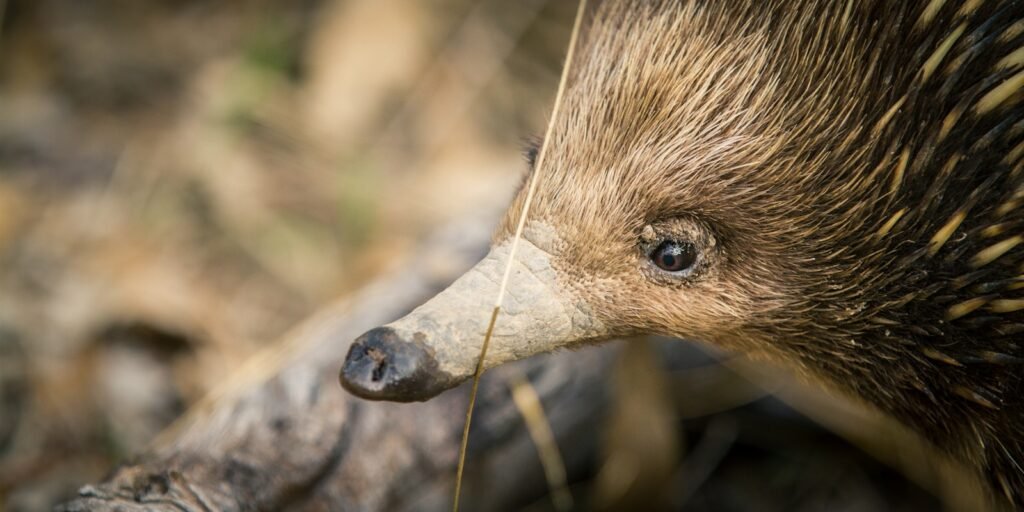
Echidnas lack permanent pouches, in contrast to koalas and kangaroos. Rather, females tighten their abdominal muscles to form a temporary fold of skin that protects their developing young, creating a makeshift nursery. For roughly ten days, this “pseudo-pouch” harbors a single leathery egg, which eventually hatches into a blind, spineless puggle, a term used only to describe baby echidnas.
What makes this system even stranger? Echidnas lack nipples. Instead, puggles stimulate milk secretion by rubbing their beaks against a specialized “milk patch,” causing nutrient-rich fluid to ooze from their mother’s skin like sweat. This unusual nursing method means the pseudo-pouch isn’t just a hiding place, it’s a critical microbial hub where immune-defenseless puggles first encounter bacteria.
A Microbial Makeover: How Echidna Milk Reshapes the Pouch
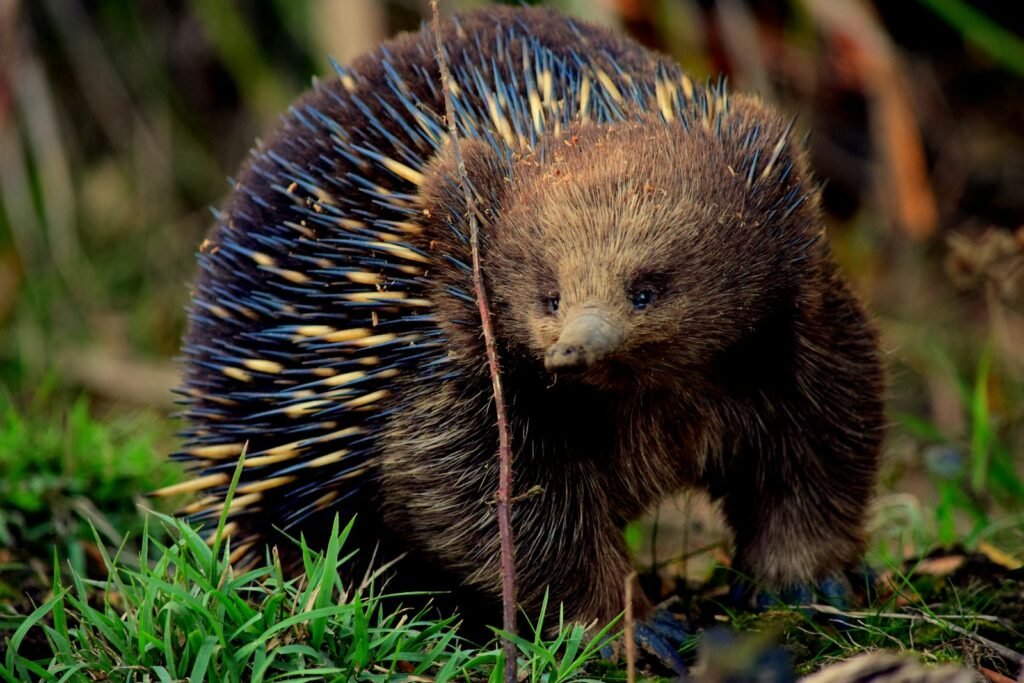
Once lactation starts and the pouch undergoes significant microbial changes. Researchers examined 22 echidnas, both captive and wild. They found that mothers who are lactating had increased levels of Firmicutes which is a phylum of bacteria often connected to health of the gut, whereas other microbes, such as Bdellovibrionota and Verrucomicrobia decreased. Surprisingly, more than half the bacterial genera found in echidnas that are not lactating completely after nursing, indicating that the milk of echidnas acts as an effective antimicrobial filter.
“Something in the milk or skin secretions is killing off certain bacteria while promoting others,” says lead biologist Isabella Wilson. This curated microbiome may compensate for the puggle’s lack of immune defenses, effectively creating a sterile-ish nursery in one of nature’s weirdest wombs.
The Eggshell Barrier: Why Echidna Puggles Miss Out on Mom’s Microbes
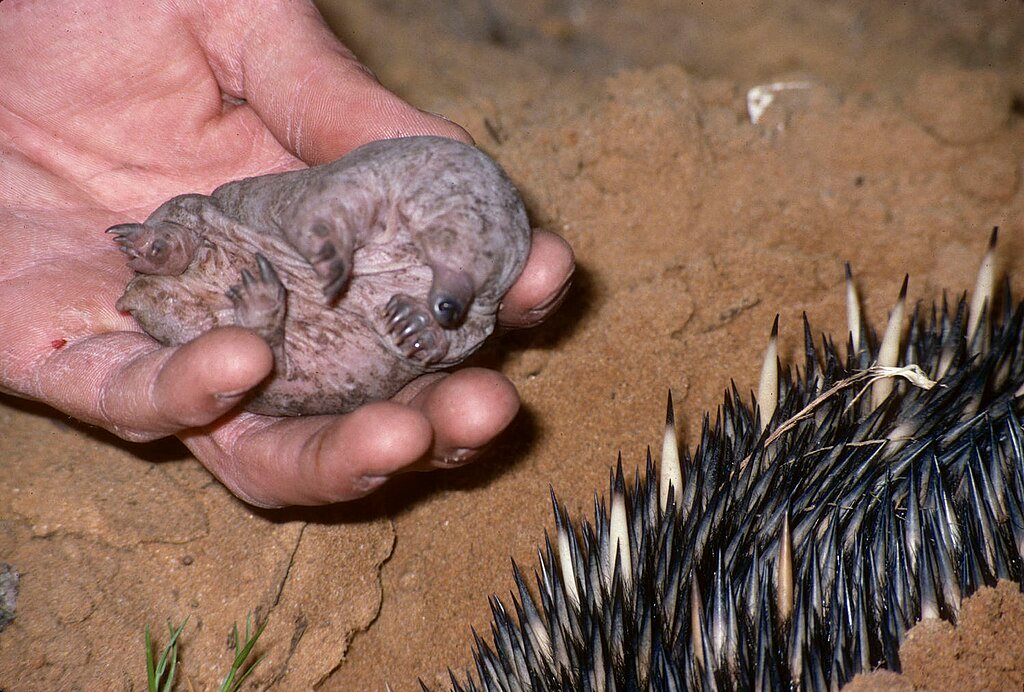
Most mammals get their first microbes at birth and pick up bacteria from their mother’s vaginal canal. However, echidna puggles are born from eggs, avoiding the microbial handoff. Their first exposure to bacteria is within the pseudo-pouch. It’s which is a potentially dangerous scenario for an animal with an immune system that is not functioning.
The study found that the pouch’s microbial community stabilizes only during lactation, hinting that echidna milk doesn’t just feed puggles it medicates them. Probiotic-like bacteria dominate, possibly shielding the young from pathogens. “It’s like the mother’s milk is pre-inoculating the pouch with ‘good’ bacteria,” Wilson explains.
Zoo vs. Wild: Surprising Similarities in Pouch Bacteria
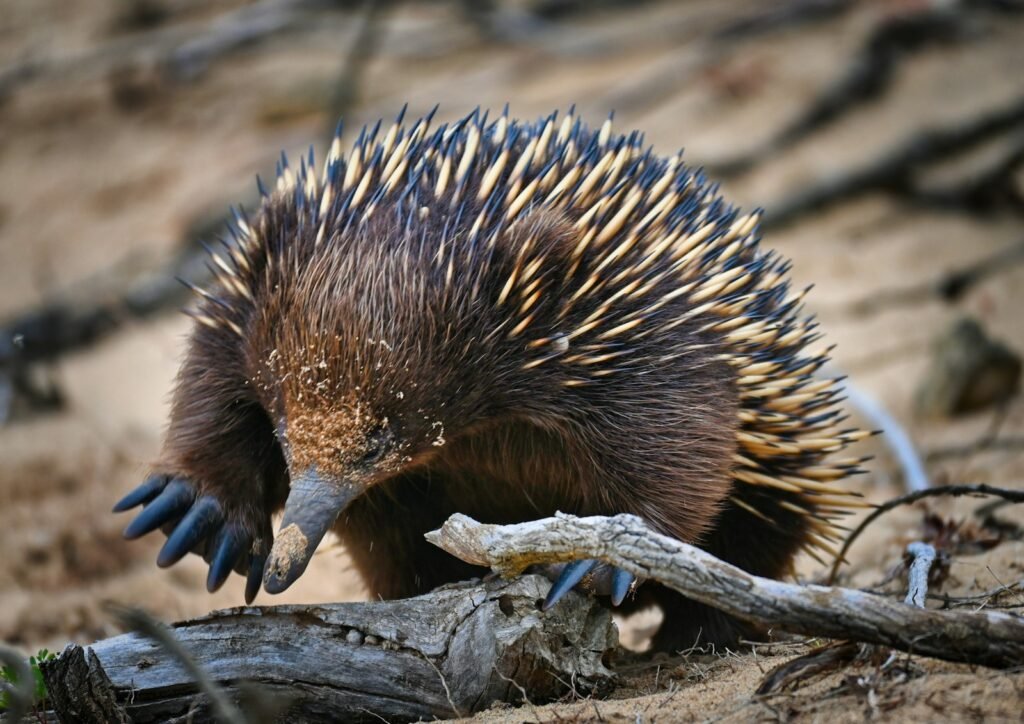
Captive echidnas often struggle with breeding, but the pseudo-pouch microbiome isn’t to blame. Researchers expected wild and zoo-held echidnas to host vastly different microbes, yet their pouches were nearly identical during lactation. This suggests that milk, not the environment, dictates the pouch’s bacterial makeup.
“The milk is calling the shots,” says Wilson. For conservationists, this is a revelation: Improving captive echidna diets (rather than habitat tweaks) might be key to boosting puggle survival rates.
Pink Milk and Antimicrobial Superpowers
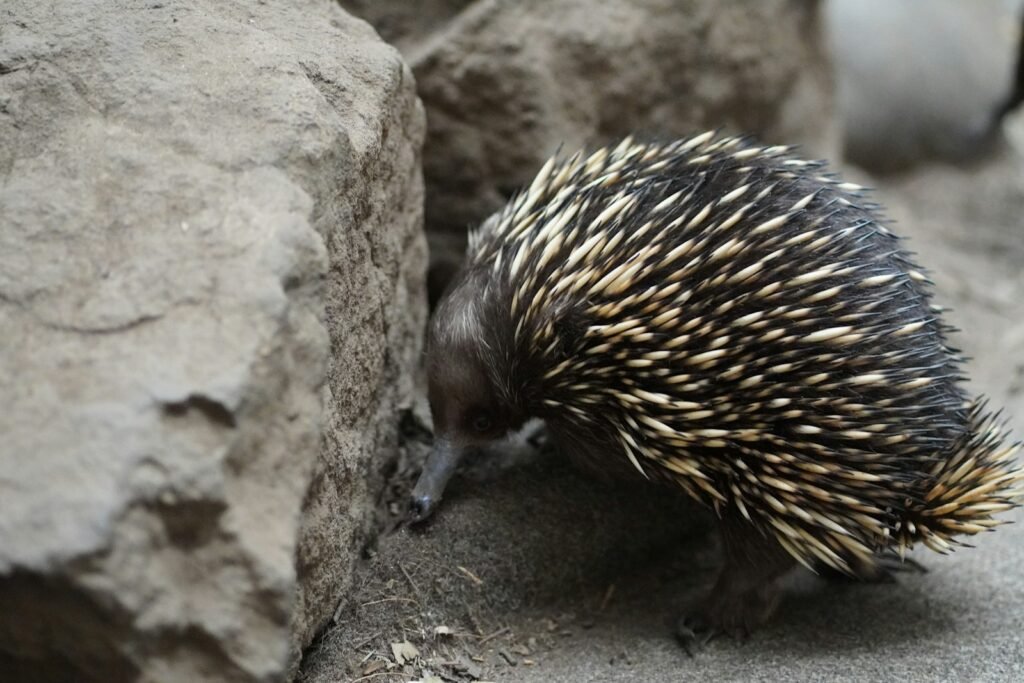
Echidna milk isn’t just weird, it’s pink, thanks to iron-binding proteins. Earlier studies revealed it contains EchAMP, a potent antimicrobial protein that lyses harmful bacteria. This could explain the pouch’s microbial purge during lactation. “The milk isn’t just food; it’s a disinfectant,” notes Wilson. Researchers now suspect EchAMP and other compounds reshape the pouch into a safer space for puggles.
The Bigger Picture: What Echidnas Teach Us About Mammal Evolution
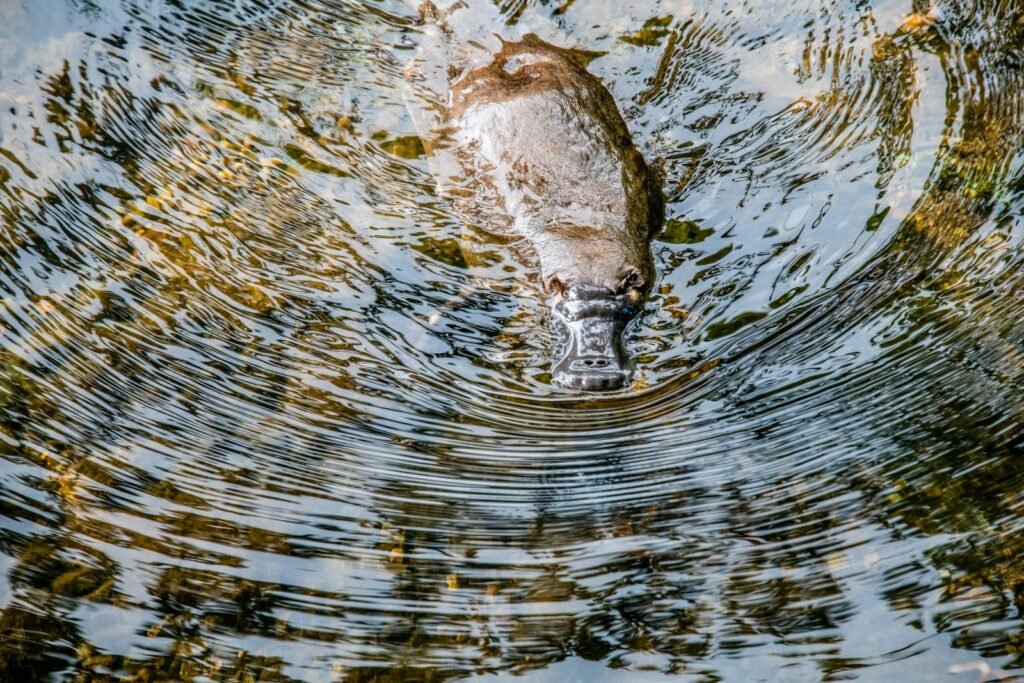
Echidnas and platypuses are the only living monotreme egg-laying mammals that split from other mammals 184 million years ago. Their pseudo-pouches offer a snapshot of how ancient mammals might have transitioned from egg-laying to live birth. “This isn’t just about echidnas,” says Wilson. “It’s about understanding the origins of all mammalian parenting”.
The Next Frontier: Can We Harness Echidna Milk for Human Health?
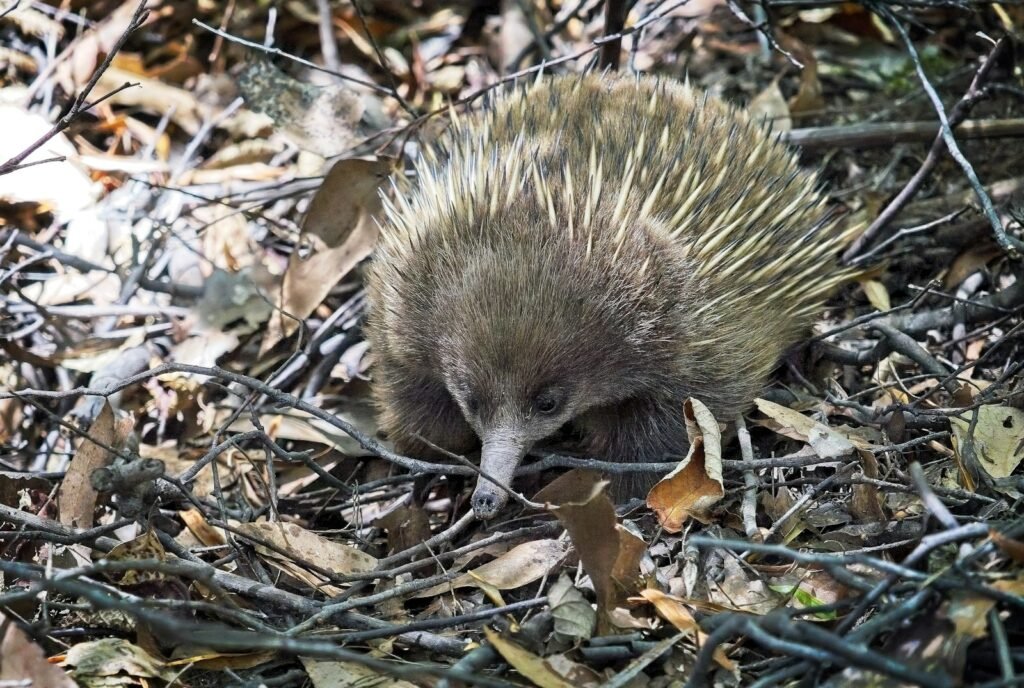
Echidna milk’s properties against bacteria have spurred curiosity in the fight against superbugs resistant to antibiotics. EchAMP is one example. It is a punch to the membranes of bacteria which kill pathogens when they come into contact with. The future research will explore whether compounds derived from echidna could change the way antibiotics are developed, proving that this mammal is a clue to the current medical issues.
Conclusion: A Pouch Full of Mysteries
From the battle against microbes to pink, nipple-free, milk the echidna’s pseudo-pouch an incredible feat of evolutionary genius. According to Wilson states: “These animals have been doing bizarre, brilliant things for millions of years. We’re just starting to catch up.” The study, which was published in FEMS Microbiology Ecology, opens doors for conservation and possibly medicines that are hidden in the squishy, spiky pouch.
Sources:

Jan loves Wildlife and Animals and is one of the founders of Animals Around The Globe. He holds an MSc in Finance & Economics and is a passionate PADI Open Water Diver. His favorite animals are Mountain Gorillas, Tigers, and Great White Sharks. He lived in South Africa, Germany, the USA, Ireland, Italy, China, and Australia. Before AATG, Jan worked for Google, Axel Springer, BMW and others.

